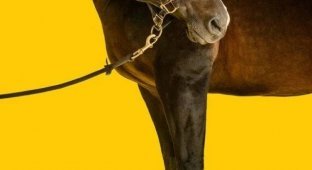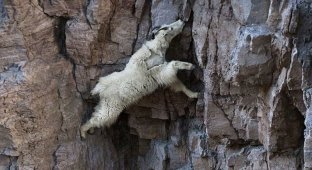Wild horses do well without additional hoof protection, but domestic ones definitely need to be “shod.” Does this make sense? 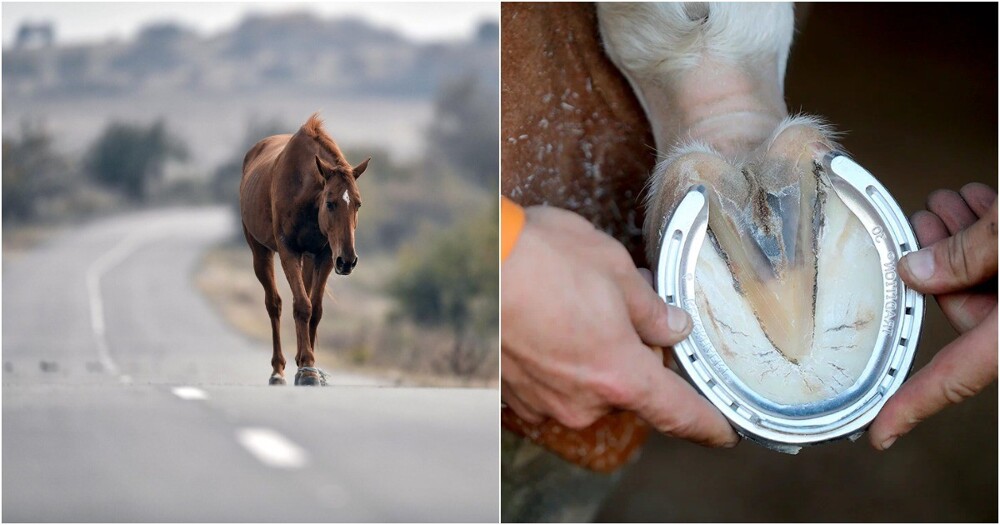
A hoof is, by and large, one finger, densely overgrown with horny tissue. Our nails are the same as hooves, they consist of the same tissue, only many times thinner and weaker.
In the wild, horses run around calmly wherever they want and their hooves do not look broken or worn out. But it's all about the surface on which they move. 
The habitats of wild horses are mainly steppes and fields where the ground is relatively soft. This is not ice, not paving stones, not asphalt and not a well-trodden village road. And wild horses can lie down to rest at any time; they do not have a mandatory program or working hours. Wearing and regrowth of hooves occurs evenly. 
But for domestic horses the situation is completely different. Firstly, the load. They often carry a person, pull carts and carts. All this was not included in the “factory equipment” of the horses and their hooves wear out faster without having time to grow back. This is where wounds and injuries occur due to too much stress. Hooves need additional protection. 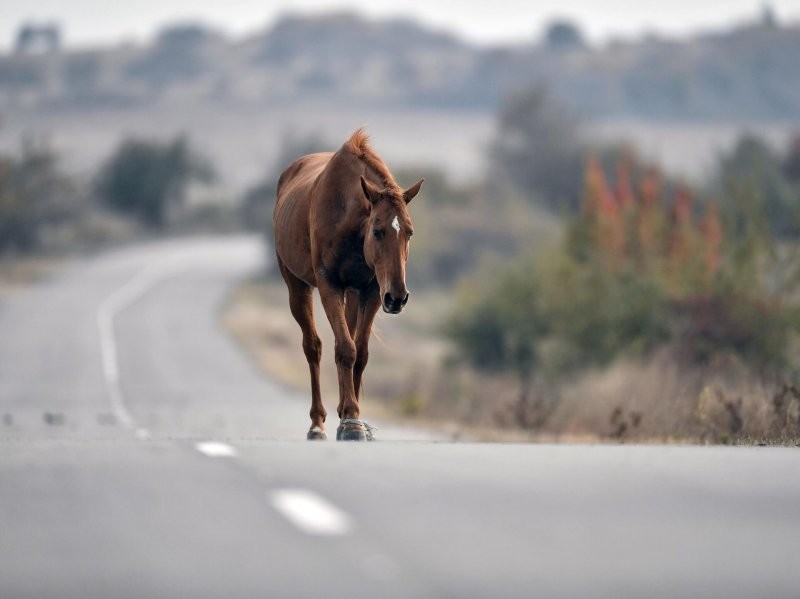
How did the concept of horseshoes come about?
First, leather bags were put on the horse's hooves, securing them with ropes. Then the bags were replaced with iron plates - at first they were fastened with special hooks, or the edges of the plate were bent. The ancient Romans called such devices “hipposandals.” 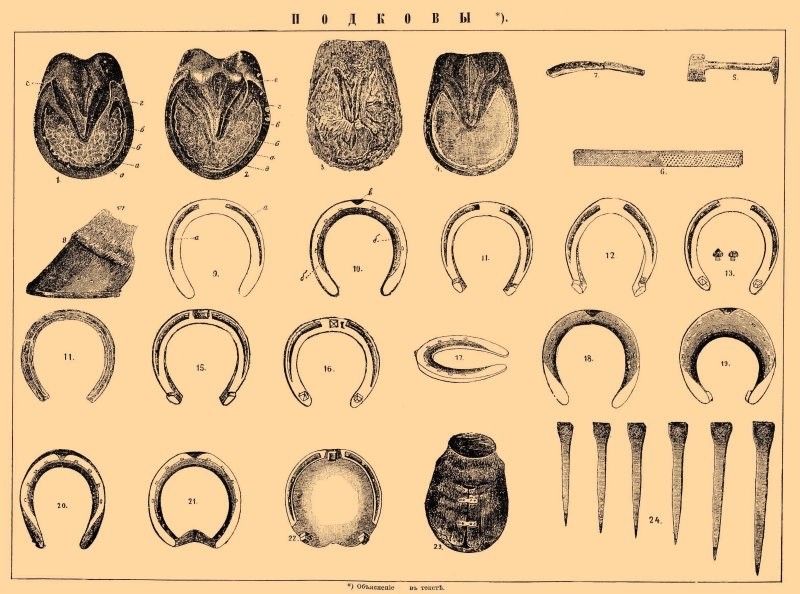
Evolution of horseshoes
But the ancestors of the current horseshoes originate from the ancient Gauls, and horseshoes finally became almost the same as modern ones at the end of the first millennium AD. But under Genghis Khan, the Mongols did not shoe their horses, so as not to drag the forges and the blacksmiths with them. The horse was treated as expendable and simply abandoned when its hooves wore out. 
The answer to a frequently asked question is: no, horses do not hurt when they are shod. Moreover, horseshoes are different. Ordinary horses are fitted with shoes made of low-carbon mild steel. But for those who participate in competitions, blacksmiths make lighter “shoes” - from aluminum.
Today there are plastic, rubber horseshoes and even some kind of boots - they can be put on without the use of nails. And for the winter, horseshoes with spikes are often attached so that the horse does not fall. 
A variety of modern horseshoes
But there is another side to this device. A horseshoe not only protects the horse, but also harms it at the same time. An enormous load is placed on the animal’s joints and this always leads to a number of diseases. As usual, in general, we treat one thing and cripple another.
Add your comment
You might be interested in:













